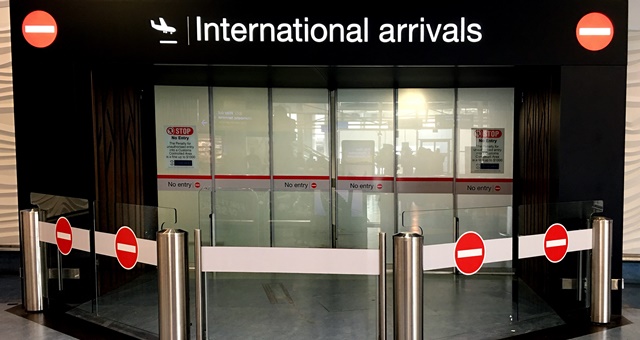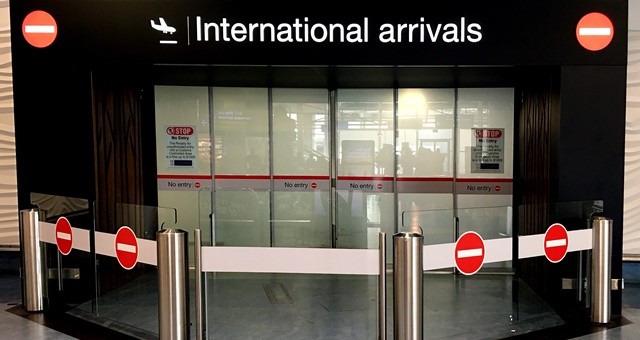
Tourism Industry Aotearoa (TIA) has urged the New Zealand government to clearly show the proceeds raised from a new inbound tourist levy will be reinvested in improving a tourist’s experience in the country.
A new NZ$35 International Conservation & Tourism Levy (IVL) to be charged to most incoming international tourists is expected to raise NZD$80 million in its first year, however residents of Australia and Pacific island nations will not be required to pay the levy. Crew members from airlines and cruise ships will also be exempt from paying the charge.
The levy will be collected from eligible tourists via a new Electronic Travel Authority, similar to the visa waiver program in place for selected countries in the United States. The electronic authority will cost an additional NZ$9 on top of the levy, while tourists from countries requiring a visa will pay the levy as part of their visa application fees.
TIA Chief Executive Chris Roberts said the organisation is prepared to accept the levy provided the government is open with detail on how funds generated from the levy will be spent. He added the TIA was pleased the fee would be frozen for a minimum of five years. TIA suggestions for how the funds should be spent include public conservation, high visitor to resident communities, mixed-use infrastructure, tourism research, development and building capability for new businesses to be formed.
“We welcome the Government’s commitment that the new funding is to be ringfenced and that it is additional funding, not a replacement for existing Government expenditure,” Roberts said.
He added that no further taxes should be considered to be imposed on international arrivals, saying the inbound tourism industry had experienced “remarkable growth” in the last five years, creating jobs and business opportunities while also significantly increasing the government’s revenue stream.
“But the pace of growth has also exposed decades of under-investment in infrastructure by central and local government,” Roberts warned.
“The IVL will provide another source of revenue for the Government and it’s critical that it is used to make a demonstrable difference to our visitors. We look forward to being involved in the discussions on how this $80m fund should be spent.”

